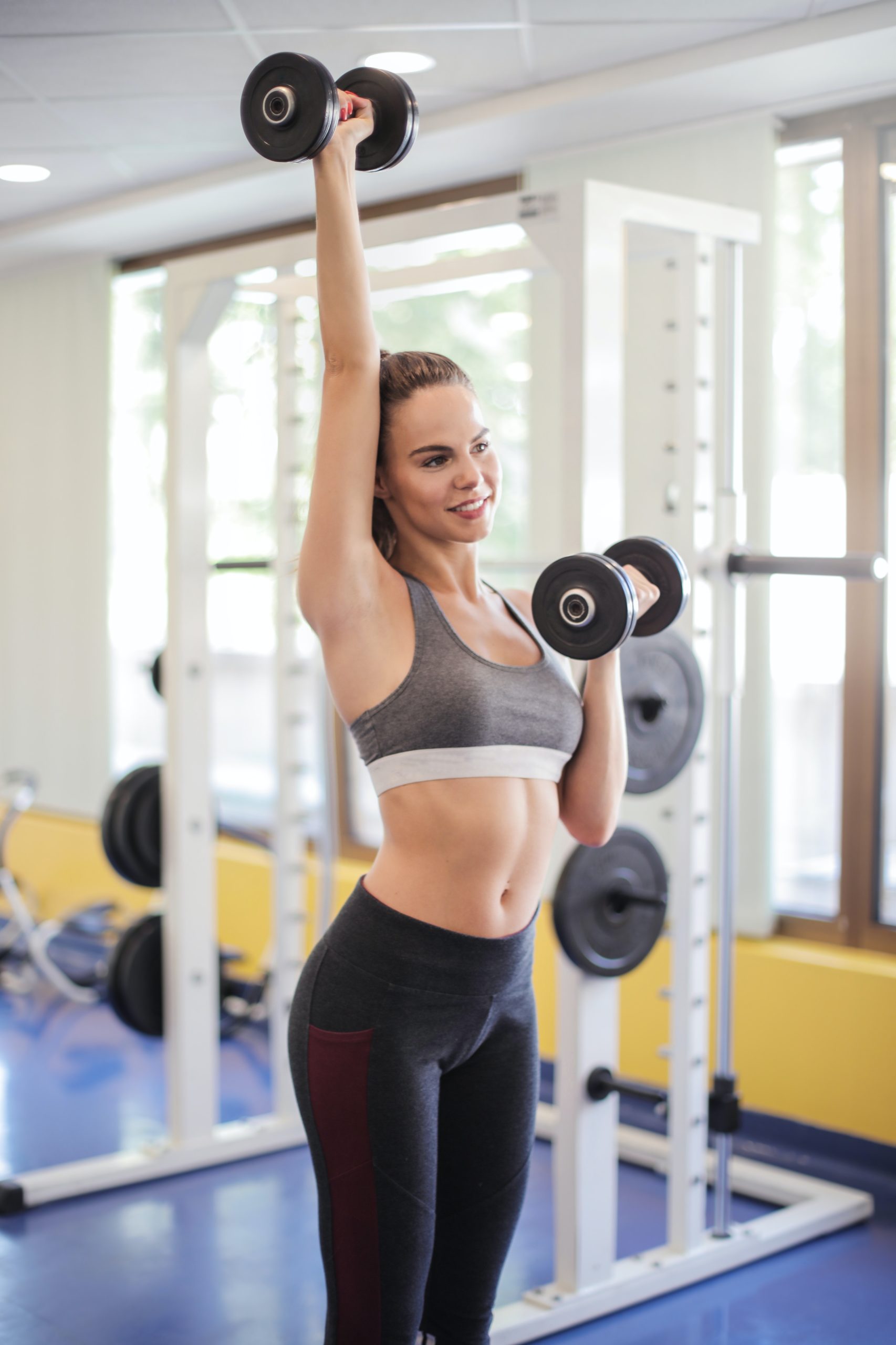
Many people consider running their primary exercise for weight loss, but it’s not the best. It uses calories from fat and lean muscle, making weight loss harder since muscle requires more calories for maintenance. It’s also high-impact. That means both feet are off the ground at one time. When you land, it stresses the joints. It’s worse if you’re out of shape and overweight. The muscle and tendon strength isn’t available to reduce the impact and protect joints. Use low-impact exercises to stay fit, preventing the problem and avoiding musculoskeletal injury.
Not all cardiovascular endurance exercises are high-impact.
When you think of cardio, you normally think of running first. It’s high-impact and not the only high-impact one. Jumping jacks, burpees, squat jumps, and box jumps are a few others. Other low-impact cardio gets beneficial results without the bone-jarring effect. The difference between walking and running is that one foot is always on the ground when you walk, so there’s far less impact when your foot lands. It’s a smooth shift of weight without the pounding. It boosts your heart rate, so you improve your cardiovascular health.
It’s easier to identify low-impact strength training.
When you exercise and move your joints, you increase the circulation of synovial fluid that lubricates the joints. You build strength in the tendons and muscles that relieve the joint pressure. Most strength-building workouts do that and are low-impact. Combination movements like squat jumps or burpees that build strength are exceptions. To build lower body strength, consider lunges, clamshells, and bicycling. You can adjust the tension on a stationary bike as your legs strengthen.
Flexibility exercises and stretches are for people who need to protect their joints.
Many flexibility exercises, such as yoga or tai chi, build strength and endurance, too. Yoga poses stabilize the joints and reduce pain while it does that. The Vasisthasana, also called the side plank on the forearm, helps both hip and knee pain. Warrior 1, the bridge, and the gate pose are other examples that build flexibility and strength while relieving pain. Flexibility exercises are more than just low-impact. They reduce muscle tightness, which causes imbalances and creates joint pain.
- Don’t forget aquatic exercises when considering low-impact. Your body is buoyant in water, reducing the impact. Water provides more resistance than air, so it has 12 times the strength-building. Even jumping jacks become low-impact.
- Bodyweight exercises like planks and push-ups are low-impact calisthenics. You can do high or low planks, but low planks are the best for the core and lower body strength.
- You can modify many low-impact exercises for different muscle groups. You can do traditional lunges, forward lunges, side lunges, walking lunges, and reverse lunges. Modify squats by adjusting the width of your feet.
- Always check with a healthcare professional before starting any fitness program, particularly if you’re overweight, sedentary, or have health issues.
For more information, contact us today at Revolution Training
